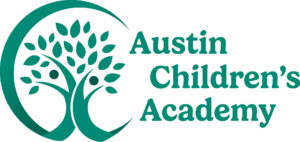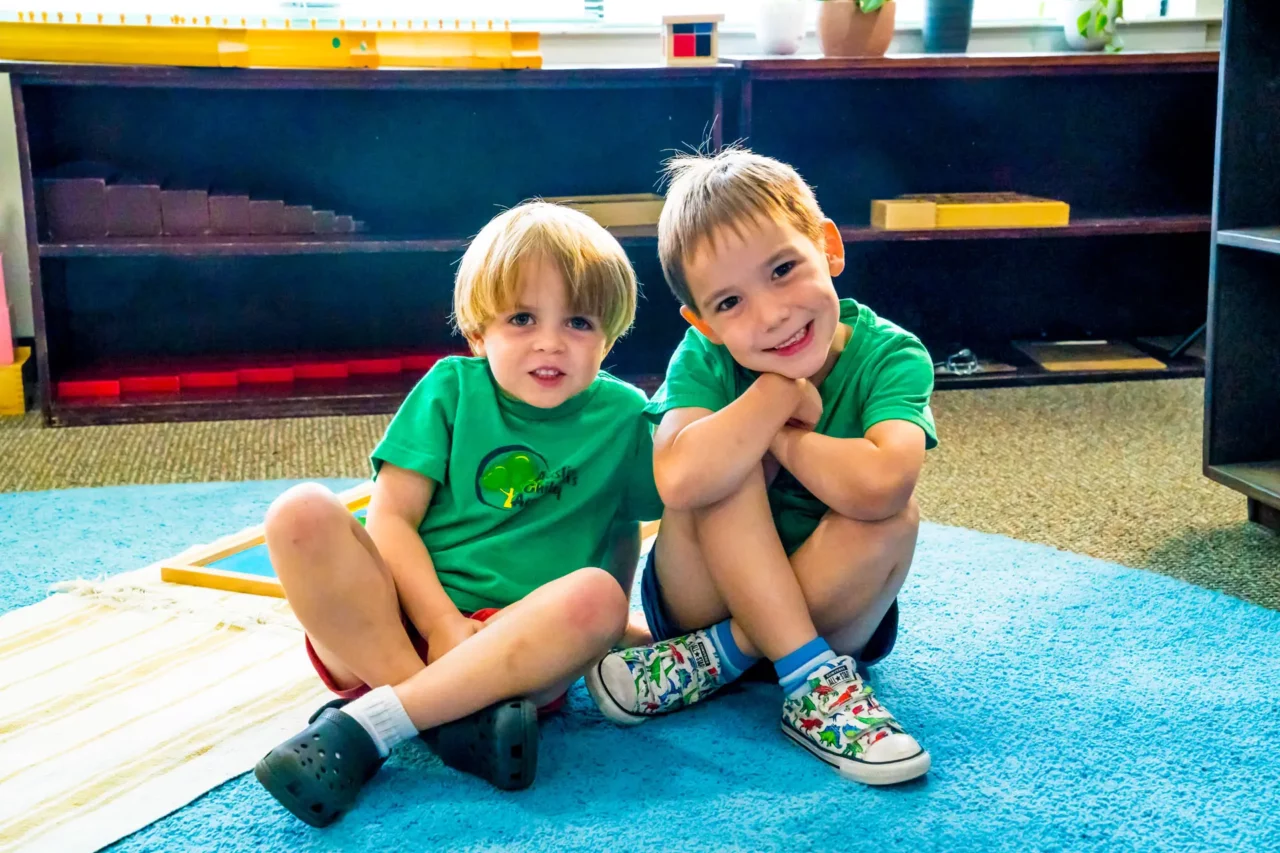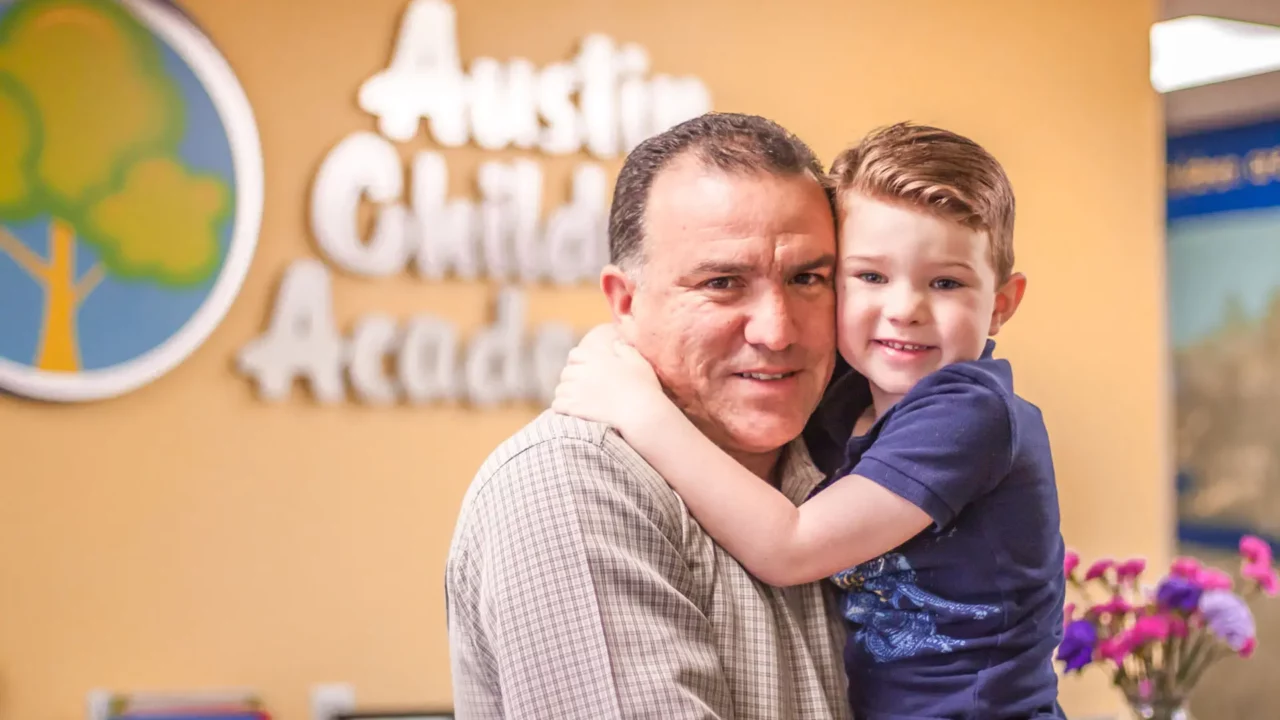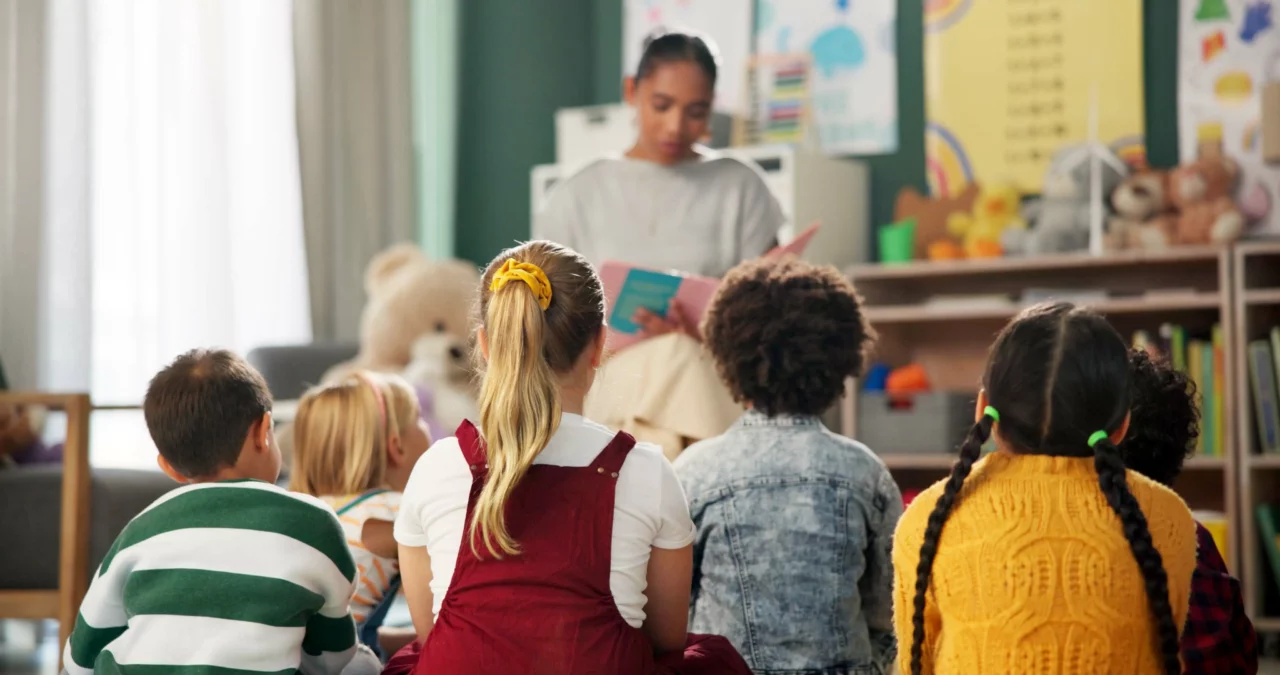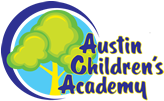
Choosing the right preschool is the first of many educational decisions that you’ll make for your child. Although the process isn’t quite as complicated as pinpointing the right college or university—except, perhaps, in some high-stress metropolitan areas—the process of choosing a preschool will involve common touchstones. You’ll want the school to be accredited, safe, well-regarded, and, most of all, the perfect fit for your child.
While you’re researching your options, consider these four major ways a Montessori preschool differs from a traditional preschool.
Student-Centered Vs. Teacher-Centered
Unless you were taught in a Montessori school yourself, your recollection of your early years of traditional education likely includes a teacher standing at the front of the classroom, directing the day’s work. Most traditional public or private preschools embrace this model of teacher as the leader of a structured classroom.
Montessori schools take advantage of the revolutionary research of their founder, Dr. Maria Montessori, to put teachers in the category of guides. Taking their cues from the preschoolers themselves, Montessori teachers take advantage of the child’s natural curiosity to guide them to the tools and tasks that will help them advance in knowledge and social development. By this method, teachers can monitor them so that they learn what they need to at their own speed and in their unique way.
Self-Directed Learning Vs. Top-Down Learning
In many preschools, children are assigned a chair and the classroom has a set schedule for tasks. Freedom of movement around the classroom in unstructured play may be limited. Depending on the vigor of the academics, worksheets and tests may already be introduced at this stage. Academics are taught in units, and everyone learns the same thing at the same time.
A Montessori classroom, depending on the length of the school day, can include up to three hours of unstructured time every day. During this free period, the child can move around the large room and choose the toys and tasks in which he or she wishes to engage. One child may be learning how to fasten buttons while another is recognizing patterns while sorting colorful beads. A third child may be squeezing play dough between his fingers while a fourth is building a castle of blocks. Teachers encourage further exploration and learning, but it’s the child who directs his education according to his own interests.
Self-Correcting Vs. Teacher-Correcting
If a traditional preschool assigns worksheets, homework, or tests, the teacher is the one who corrects the student’s work in order to point out the errors. Absorption of information is encouraged by repetition and rote learning.
A Montessori classroom is set up to encourage students to recognize their own errors, and then correct those mistakes by themselves. Montessori schools stock a wide variety of well-crafted toys that are specifically designed to be self-correcting. A toddler just learning to tie his shoes can play with a board that shows when the bow hasn’t been done correctly. Seeing his own mistake, he can pull it apart and practice until the task is mastered. Through these toys and methods, students develop the independence and self-reliance that will serve them well throughout their lives.
Multi-Age Classrooms Vs. Single-Age Classrooms
Most traditional preschool classrooms are divided by age. Children are among their own peer group. Though every child reaches developmental milestones at a spectrum of ages, the focus is on teaching every child of one age to certain academic and social goals.
A Montessori classroom is a multi-age classroom, and the range falls generally within three years. The advantages are multiple. Children who need a little extra time to reach social and academic milestones—or who are advanced for their age—will find peers in the classroom itself, though they may be younger or older. Younger children will find mentors among the older kids, who often enjoy being able to guide their younger classmates through tasks they’d long mastered. Those younger children then have the benefit of aging up into the position of mentors, a place of pride and great self-esteem. The family-friendly, multi-age classrooms also give ample opportunity to teach the importance of socialization and working well in groups, one of the Montessori core values.
Whatever preschool you choose for your child, be sure to spend some time talking to the teachers and observing the classroom dynamics. The more you know, the more you can be sure that you’re choosing the perfect fit.
